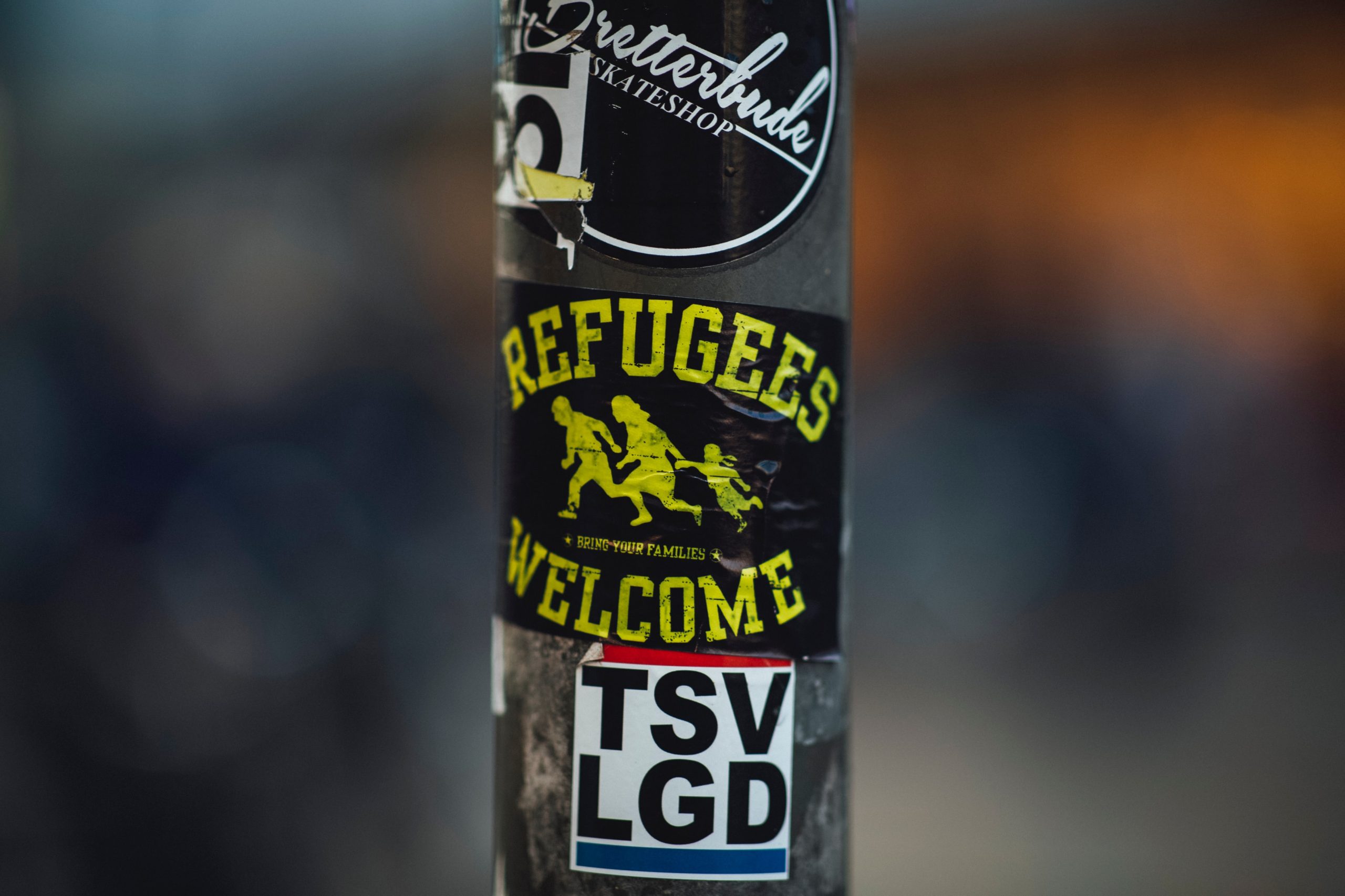Reading Lists
12 Irish-Americans to Read on St. Patrick’s
From Alice McDermott to J.P. Donleavy, these authors have captured the Irish diaspora and enriched American letters

St. Patrick’s Day is traditionally a feast to celebrate the arrival of Christianity in Ireland, though today people living, well, just about anywhere can confirm it’s also a secular event celebrated with parades, pints and a scramble for green clothing. There’s a reason Irish culture resonates globally (and no, it’s not just as an excuse to drink): there are people of Irish descent in almost every corner of the globe. The Irish Diaspora is huge. An estimated 80 million people worldwide claim Irish descent, with 35 million living in the United States alone. Irish is the second-most common ancestry among Americans, behind German, and it often jumps to first place along the Eastern seaboard.
Yet the idea of celebrating Irish culture is relatively new in America. Irish-Americans have long faced discrimination from the WASP power brokers, whether it was the anti-Catholic legislation of the “Know Nothing” party or the proverbial signs that once warned job applicants “no Irish need apply.”
These days, the US readily champions the contributions of Irish immigrants and their descendants. And perhaps in no sector have the contributions been greater than in the arts. Literature, in particular, has been enriched by Irish-American writers, with some of our greatest novelists, poets and short story authors claiming an Irish connection. And since St. Patrick’s Day has been elevated to new heights on this side of the Atlantic, we thought, rather than the traditional list of Irish authors, how about a toast to Irish-Americans?
Whether you’re one of the millions who claim Irish ancestry or you just want to read a good book, here are 12 Irish-American authors for St. Patrick’s Day.
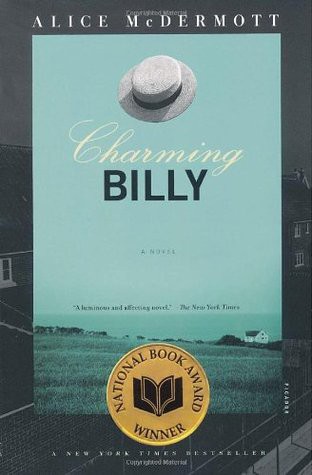
1. Alice McDermott
Born into an Irish Catholic family in Brooklyn in 1953, Alice McDermott is known for atmospheric novels like the National Book Award-winning Charming Billy (1997) — the elegiac story of a man who slowly drinks himself to death after losing his first love. McDermott plumbed her family legacy to capture the Irish-American community of 1930s Brooklyn. As she told the New Yorker, “the sensibility, and much of the language, belongs to my parents’ generation.”
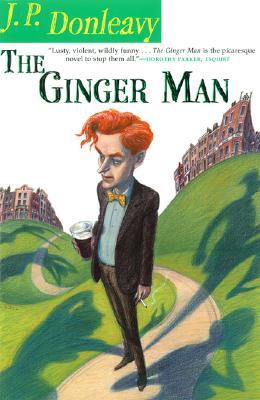
2. J.P. Donleavy
Donleavy was born and raised in New York City, but it wasn’t until after he moved to his parents’ home country to study at Trinity College Dublin that he penned his most famous work, The Ginger Man (1955). The novel, which was published by Grove, the same press that would bring out Lolita that same year, was banned upon publication in both the US and Ireland because of the racy, debaucherous activity of its protagonist, Sebastian Dangerfield.
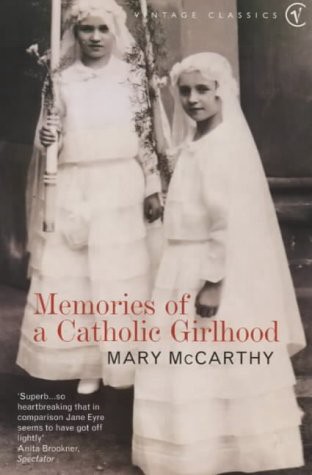
3. Mary McCarthy
The author of The Group generally avoided writing about her experience growing up in a strict Irish-American household, but she did allow one notable exception: her memoir, Memories of a Catholic Girlhood. Just as in her novels, McCarthy skewered ideologies and practices she disapproved of, and many in the Irish-American community weren’t happy with the results. After excerpts were published in The New Yorker, the publication received a flood of outraged letters from Irish-Americans who felt like she’d portrayed them too harshly.

4. Matthew Thomas
Thomas broke onto the literary scene in 2014 with his debut novel, We Are Not Ourselves, about an Irish-American girl named Eileen Tumulty who is trying to achieve “the American dream” in New York City after World War II. Thomas, whose grandparents are from Cavan and Galway and who took step dancing classes as a kid, has no plans to stop writing about his heritage. He told Irish America,“I think I’ll end up writing about the Irish a lot, I have so much respect and admiration for the Irish in New York. There’s such an unbelievable amount of vitality. Even several generations in they retain this identity.”
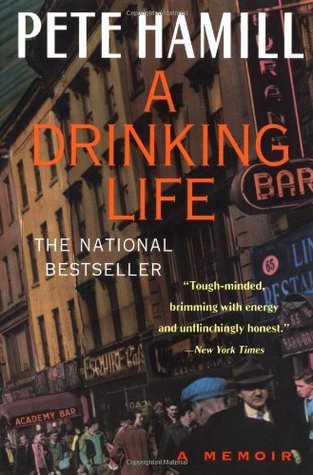
5. Pete Hamill
Hamill is the oldest of seven children born to two Catholic immigrants from Belfast, Northern Ireland. A reporter, memoirist, and fiction writer, he is the author of 10 novels and over 100 short stories. Many of his works, such as Snow in August, take place in the immigrant enclaves of his childhood. Hamill was friends with another famous Irish-American, Robert Kennedy, and his essay for the Village Voice about witnessing his friend’s assassination is worth a read.
10 Hidden Gems of Irish Literature
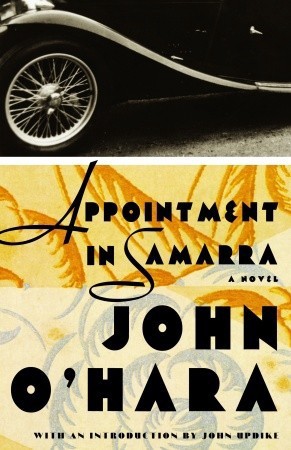
6. John O’Hara
Born into a wealthy family in 1905, John O’Hara was more advantaged than most Irish-Americans at the turn of the century. Yet the prevailing prejudice against the Irish meant that the WASP-y Pensylvania town where the O’Haras lived in excluded them from society. These childhood experiences spurred him to write novels like Appointment in Samarra and Butterfield 8, which explore America’s insidious class divisions and artificial social mores.

7. Colum McCann
McCann grew up in Dublin but moved to New York in 1986, at the age of twenty-one, and now holds dual citizenship. (Are we stretching things here? So be it. Embrace the holiday spirit.) His 2009 novel, Let The Great World Spin, won the National Book Award for Fiction. The story weaves together various narratives, from a Catholic priest to a prostitute on trial, all set against the backdrop of New York City in a summer during the Vietnam War.

8. Tana French
French is also a dual Irish-American citizen, though she followed the opposite route from McCann’s: born in Vermont, she’s lived in Dublin since attending college at Trinity in the 1990s. She honored her adopted city by making it the setting for her award-winning Dublin Murder Squad series, in which she elevates suspenseful police procedurals with astute social commentary about post-crash Ireland.
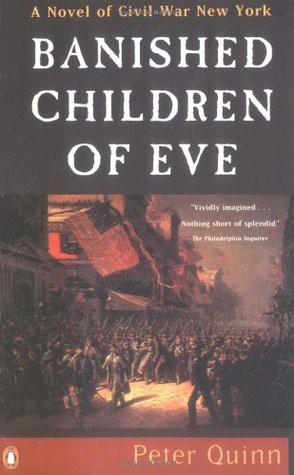
9. Peter Quinn
Quinn’s website, NewYorkPaddy.com, tells you all you need to know about how proud this author is of his Irish-American heritage. It’s a pride he put to good use in his novel The Banished Children of Eve, which won the 1995 American Book Award. In the novel, Quinn looks at New York City’s fraught immigration history by bringing to life the tulmultous week of the Draft Riots of 1863.

10. Kathleen Donohoe
The Irish have a long-standing presence in America’s fire-fighting forces, as Kathleen Donohoe knows well. She used her own experience growing up in a family of fire-fighters as inspiration for her debut novel Ashes of Fiery Weather. The novel spans six generations of Irish-American women, from those who fled the Great Famine to those who faced 9/11.

11. Frank McCourt
Angela’s Ashes, Frank McCourt’s lyrical, moving, and funny memoir, reads more like a novel than a work of non-fiction. As he describes his journey from Brooklyn to Limerick and back to Manhattan, McCourt confirms the struggles that were characteristic of the Irish-American story without trading on the cliches that helped to keep his people down.
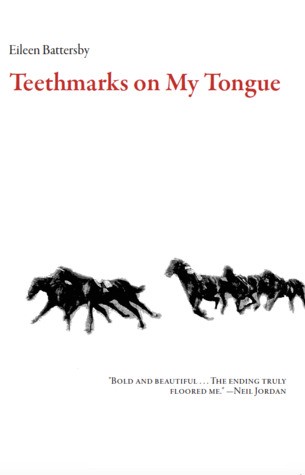
12. Eileen Battersby
You might be surprised to learn that the chief literary critic for the Irish Times is an American from sunny California. But Eileen Battersby has doubled down on the Irish half of her Irish-American heritage, having permanently settled in County Meath. The author of two books of non-fiction completed her first novel in 2016; Teethmarks on My Tongue is a coming-of-age story about a precocious yet emotionally isolated young girl who sees her mother shot and killed on the street.







